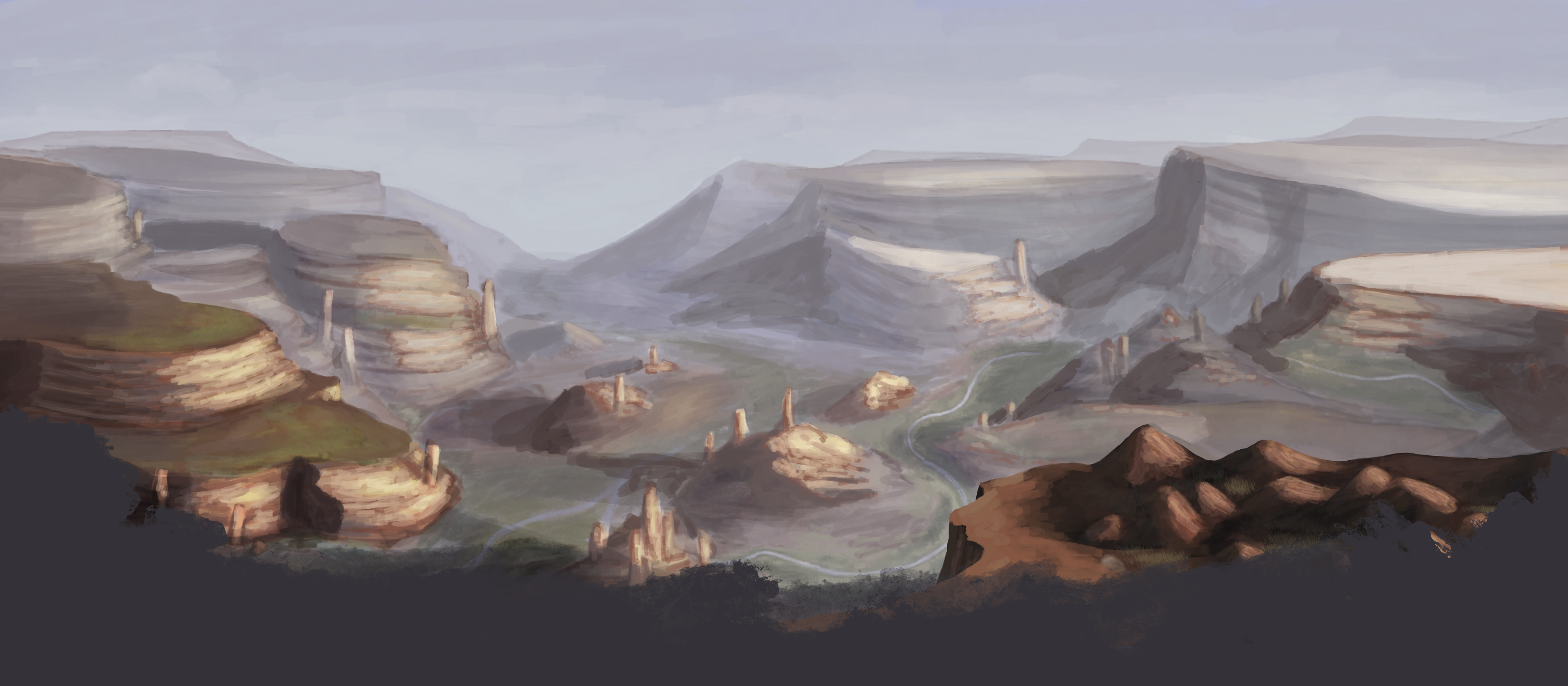Sansiprex
Derived from the local words "Sangsiv Prex" translating directly to "Blood Reed", a name it gained for both its poisonous nature, as well as the red liquid that is released from it when squeezed.
Found within the country of Berulia, with it being in highest abundance within the brine bog of Vulung Dugsa and the coast near it as it thrives within saltwater bodies.
It is used to produce textiles with a red tint for the locals, although this process was eventually phased out once cotton was introduced. This left the process to nomads and the few barbarians who still dabble in handiwork.
Basic Information
Anatomy
It grows multiple long stems upward from the banks of the river, these stems range in number from 1 to 4 depending on the subspecies. Along the stem is a multitude of leaves growing from the root of the plant.
Ontop of these stamps are bulbs resembling a yellow sponge, providing shelter for insects, however when squeezed a thick red liquid drips out.
Additional Information
Uses, Products & Exploitation
Despite its horrifying name, the reeds stem itself was harvested to form fibres for knitting before it was replaced with cotton.
The fibres it produces are tinted red, requiring bleaching if a different colour is desired, although bleaching was rather expensive initially.
Process:
- Harvesting: Select healthy and mature reeds for harvesting. Cut them near the base, ensuring the stems are long and intact.
- Drying: Allow the harvested river reeds to dry naturally from the sun away from moisture. This step helps remove excess moisture and allows the bulb of it to harden to be used byproduct medicine.
- Stripping: Once the river reeds are sufficiently dried, you can strip off the outer layers of the stems to access the inner fibers. This can be done by hand or using tools such as a knife or stripping comb.
- Fiber separation: Separate the desired fibers from the remaining plant material. This can involve gently pulling or combing out the fibers from the stripped reeds.
- Cleaning and processing: Clean the extracted fibers to remove any impurities or unwanted debris. Depending on the intended use, you may need to further process or treat the fibers, such as washing or bleaching.
Geographic Distribution
Remove these ads. Join the Worldbuilders Guild









I like that you've included the process of converting it into fibers. Reminds me a bit of hemp.